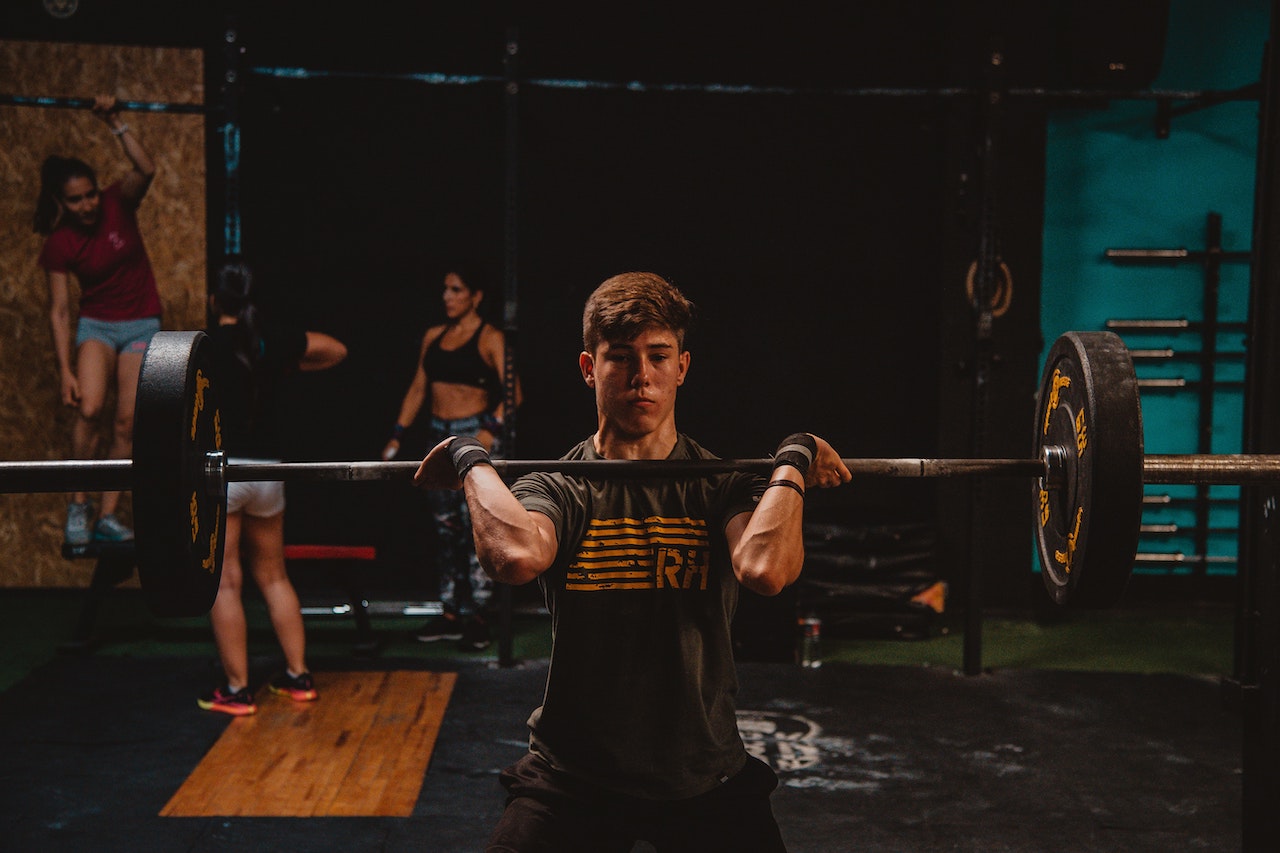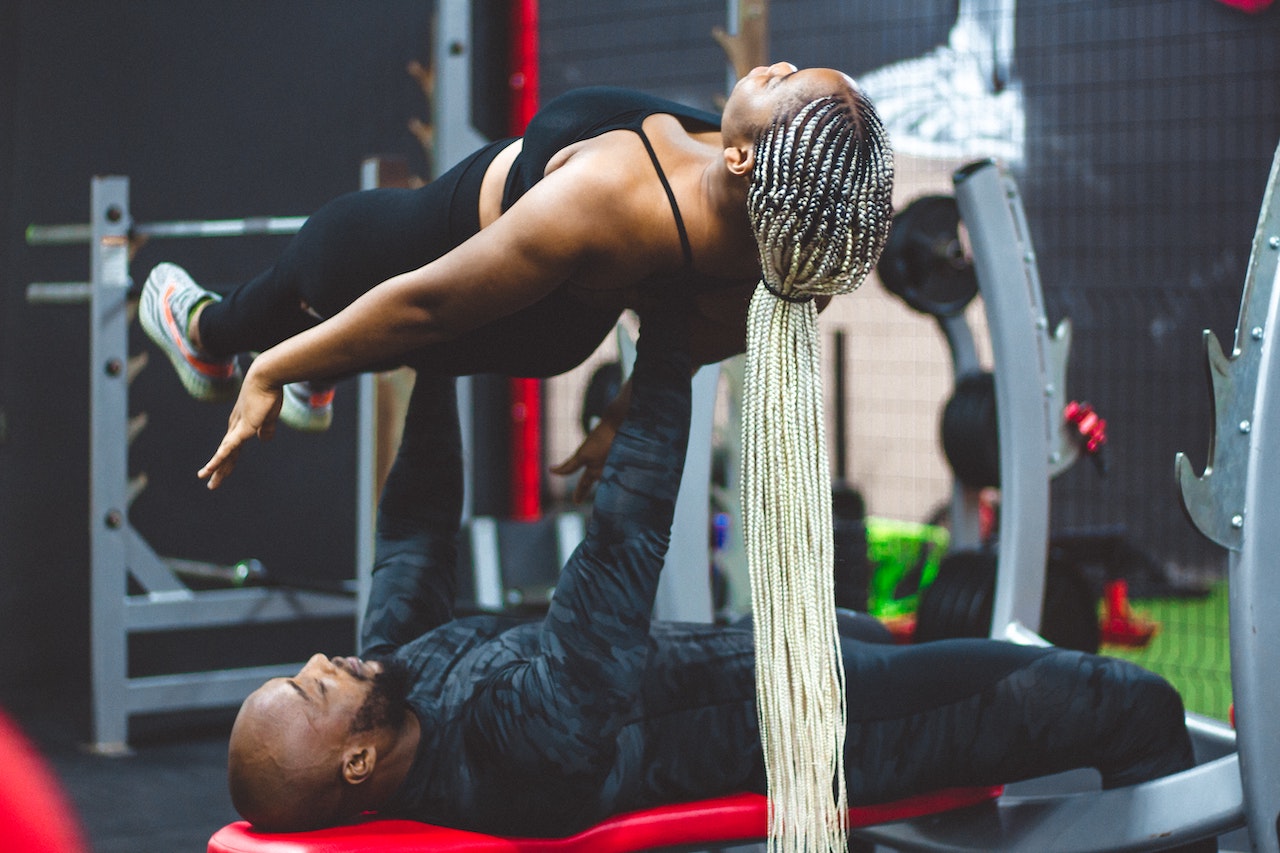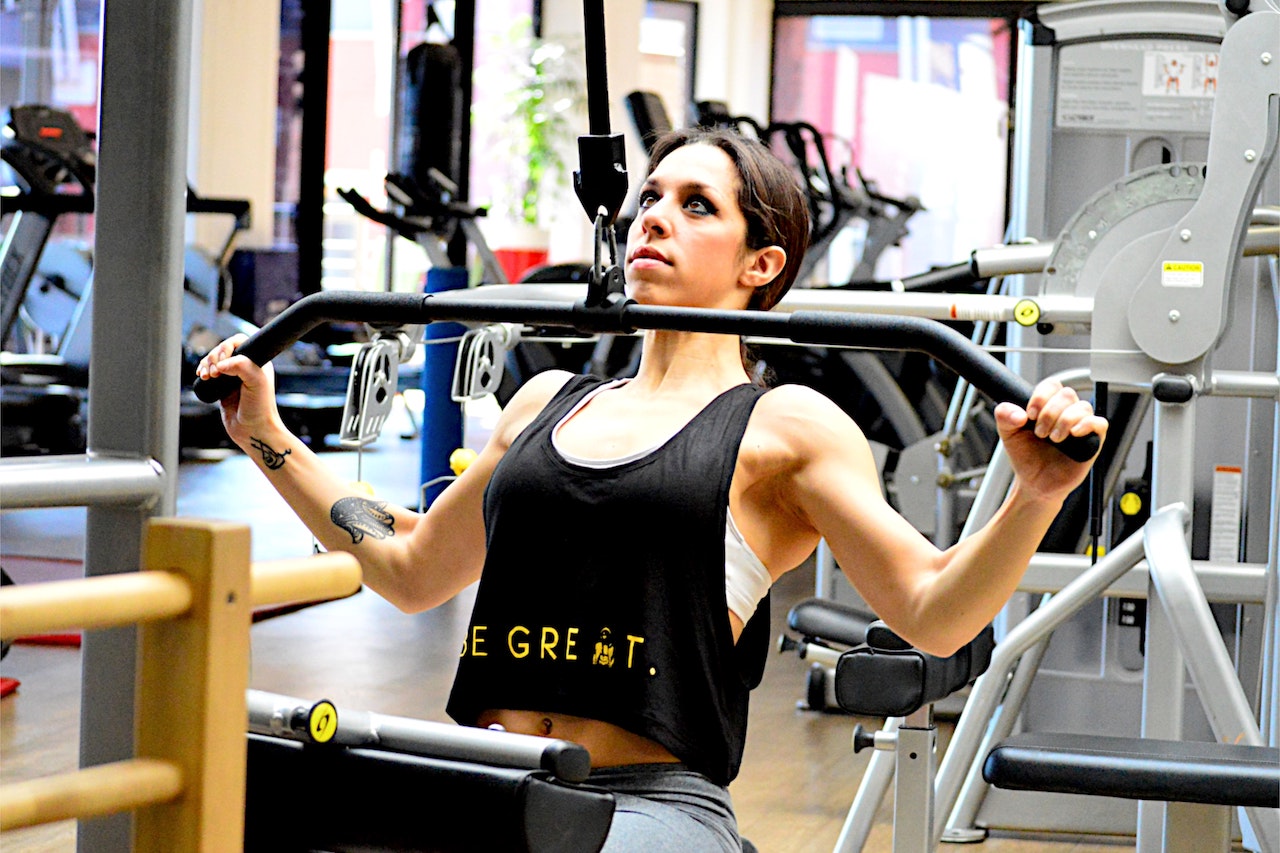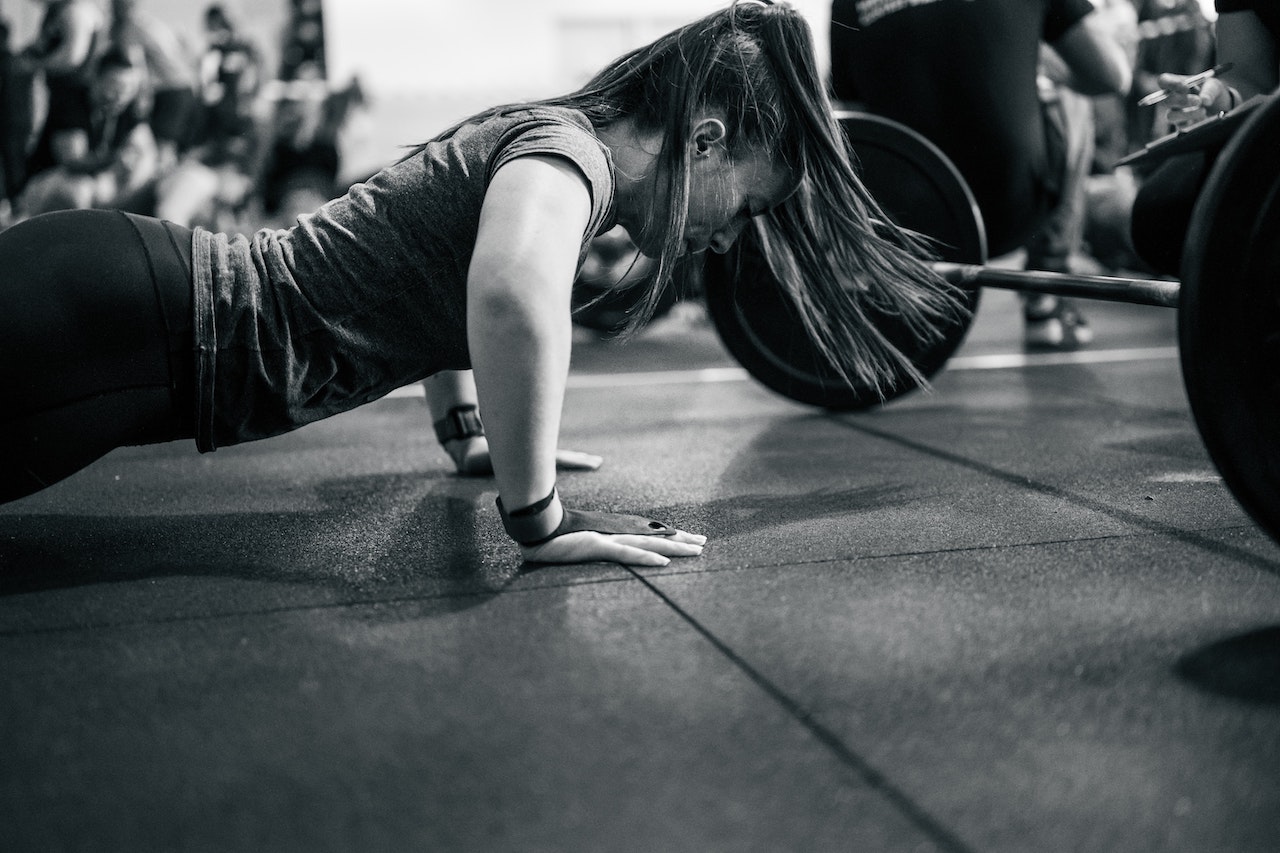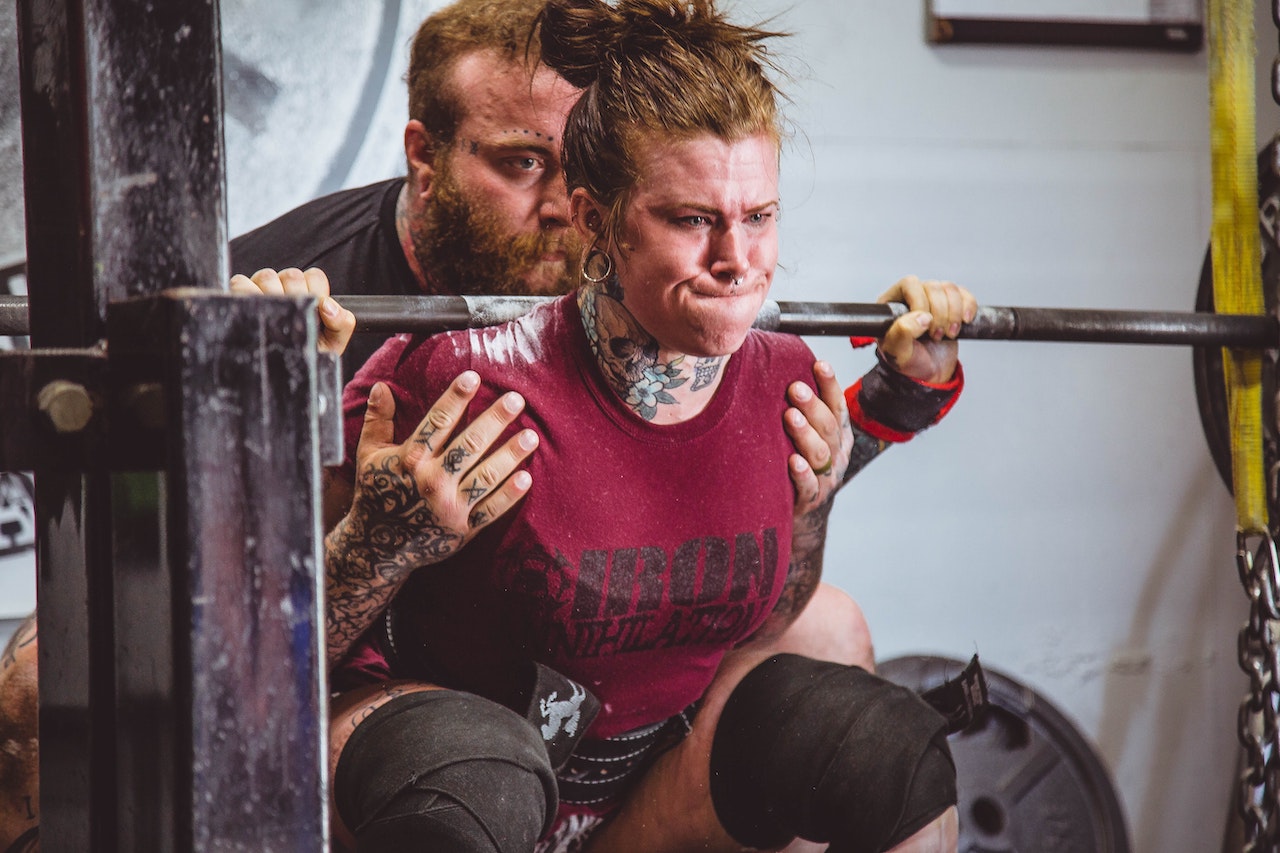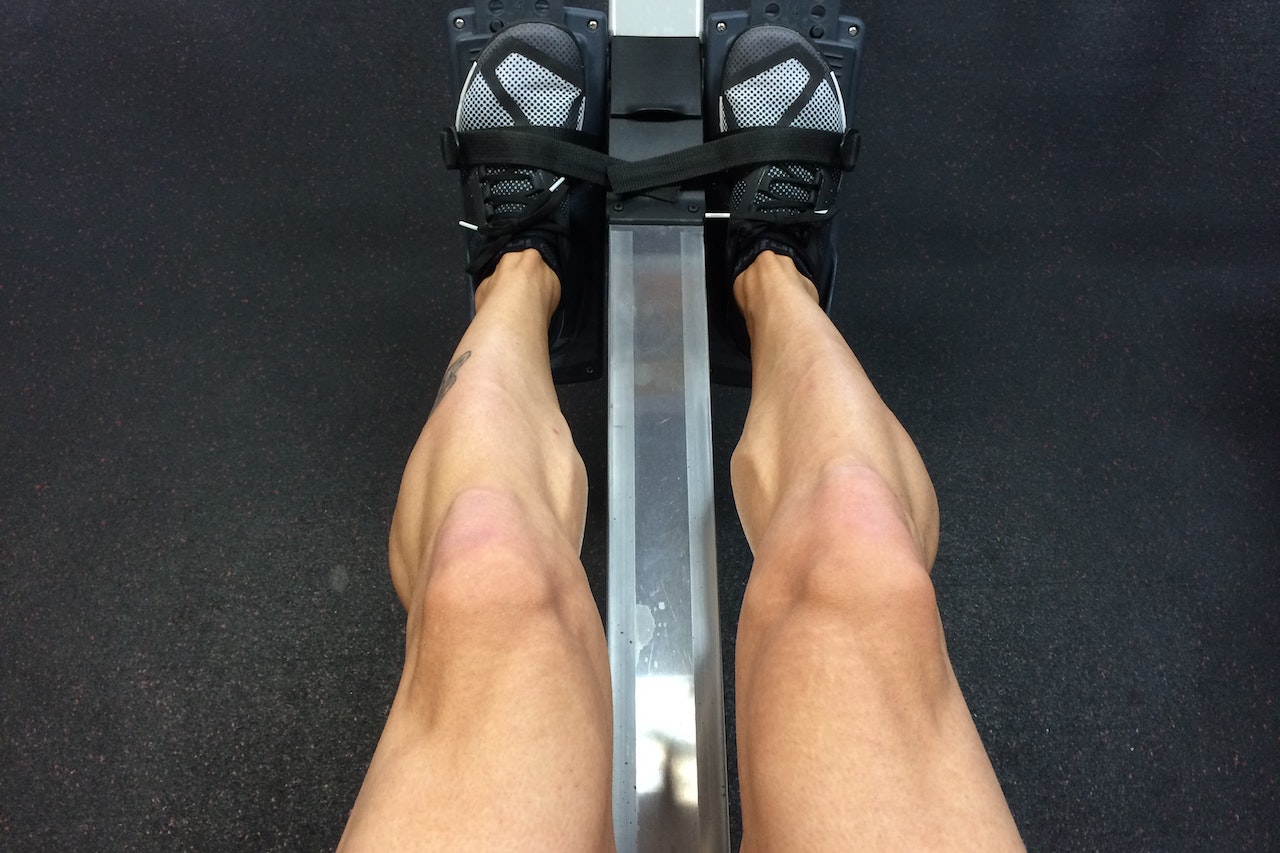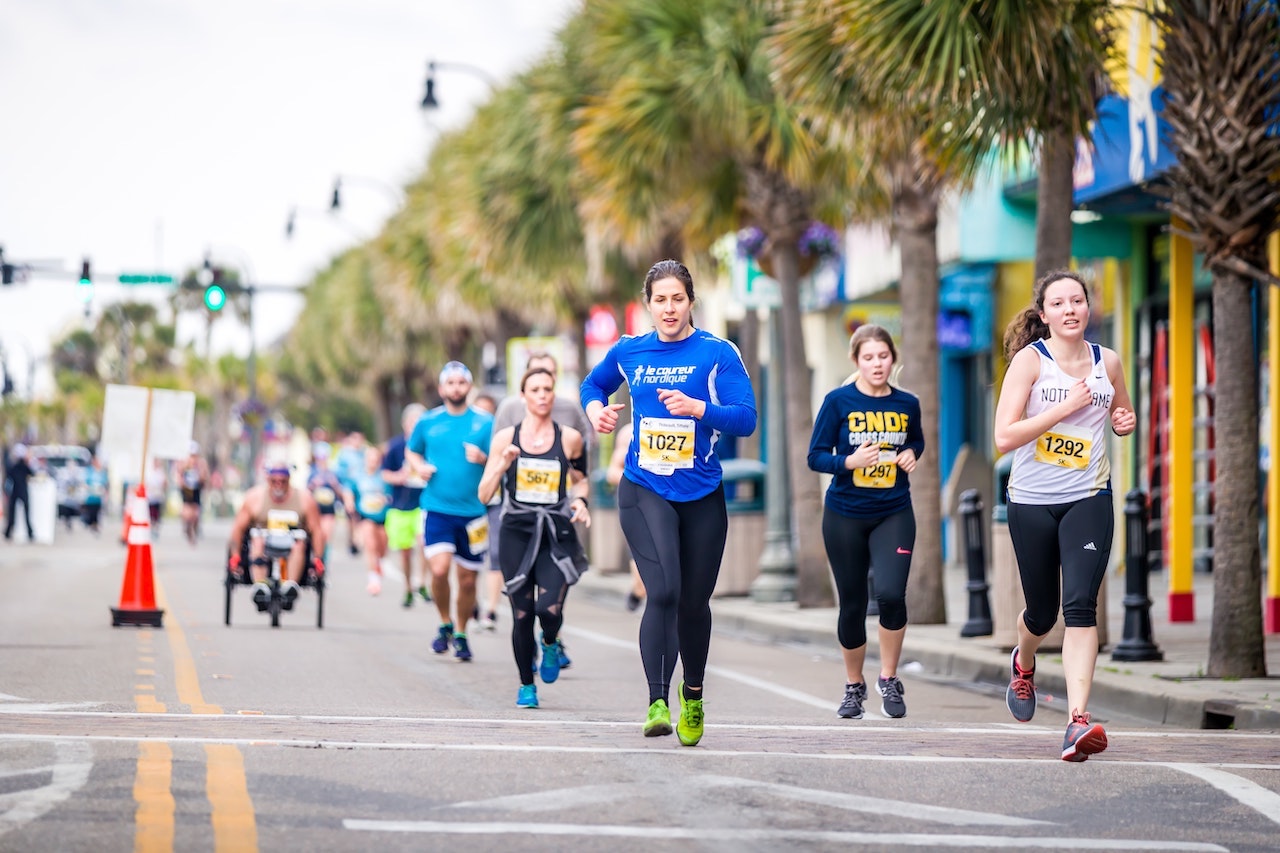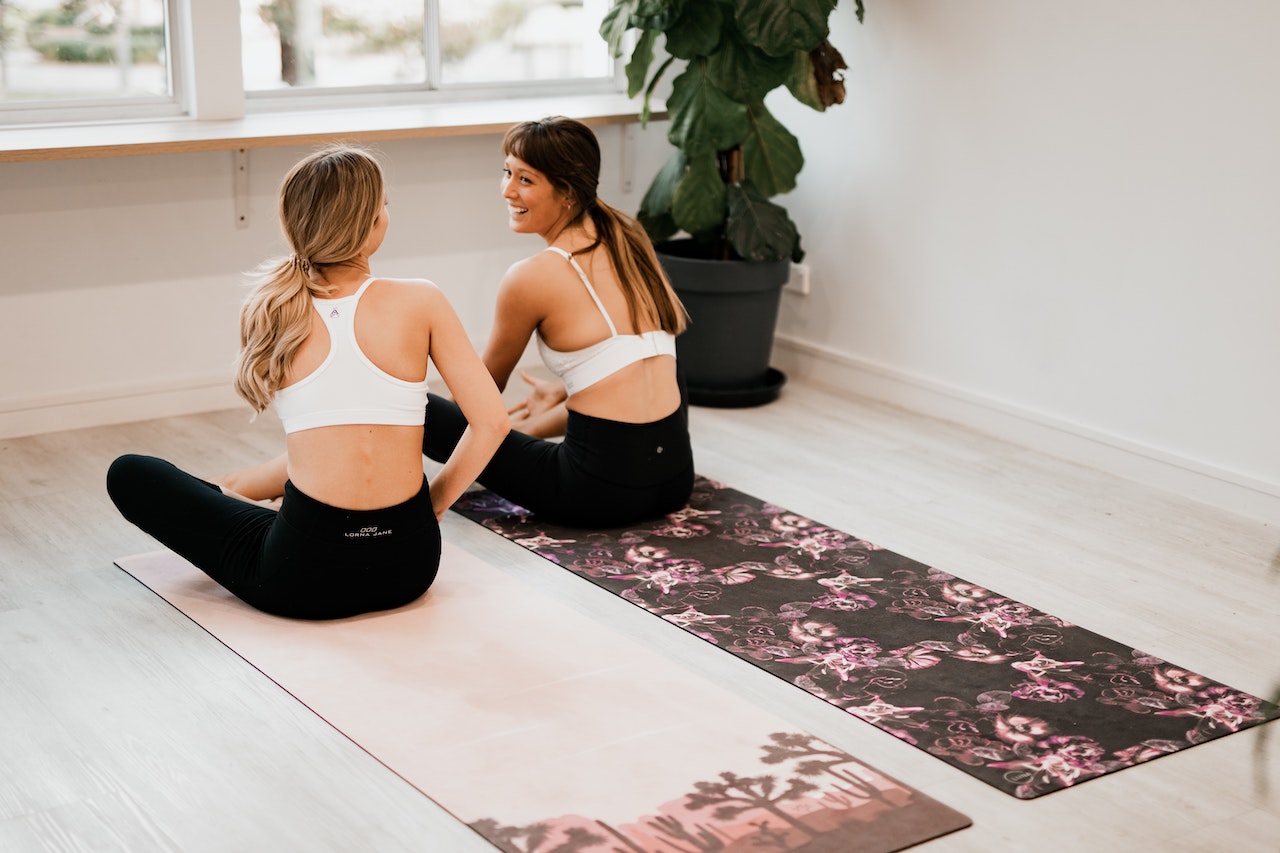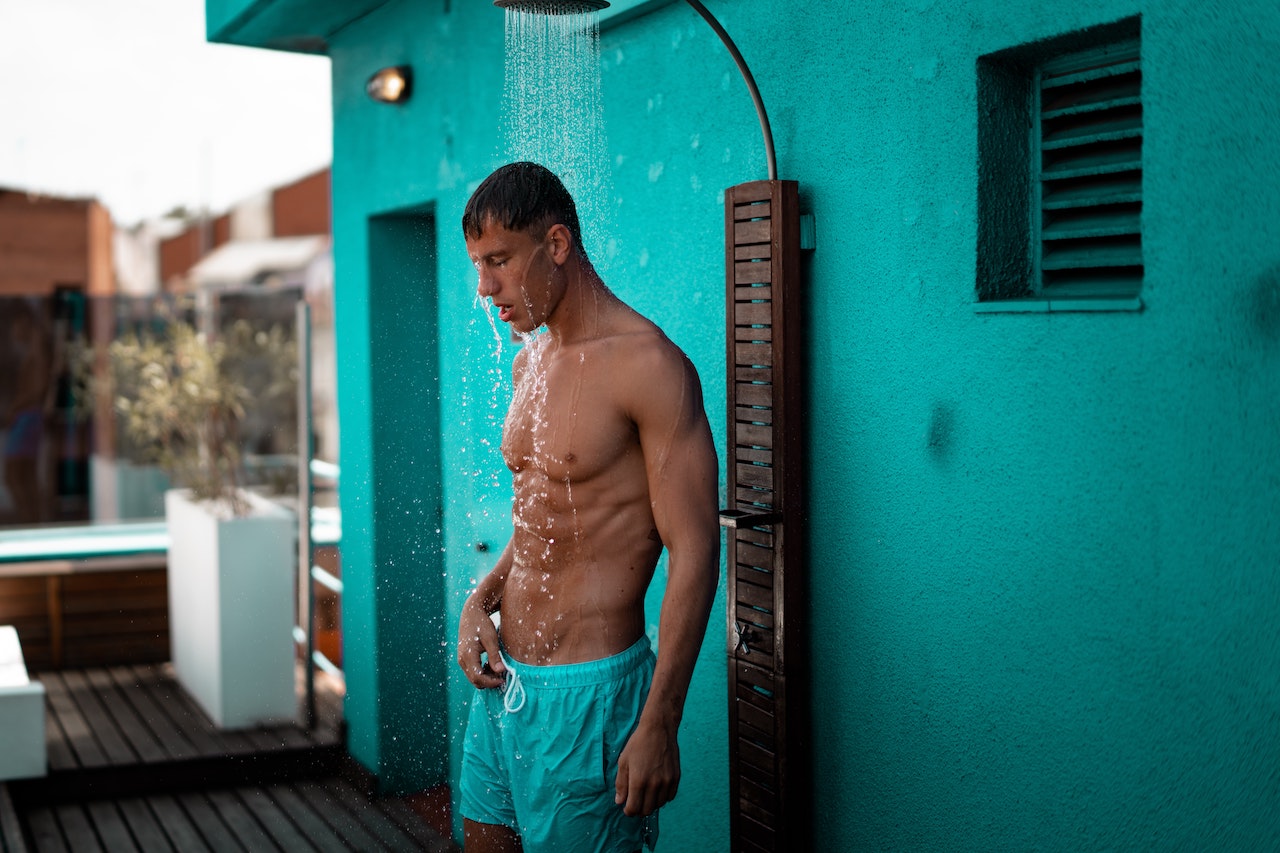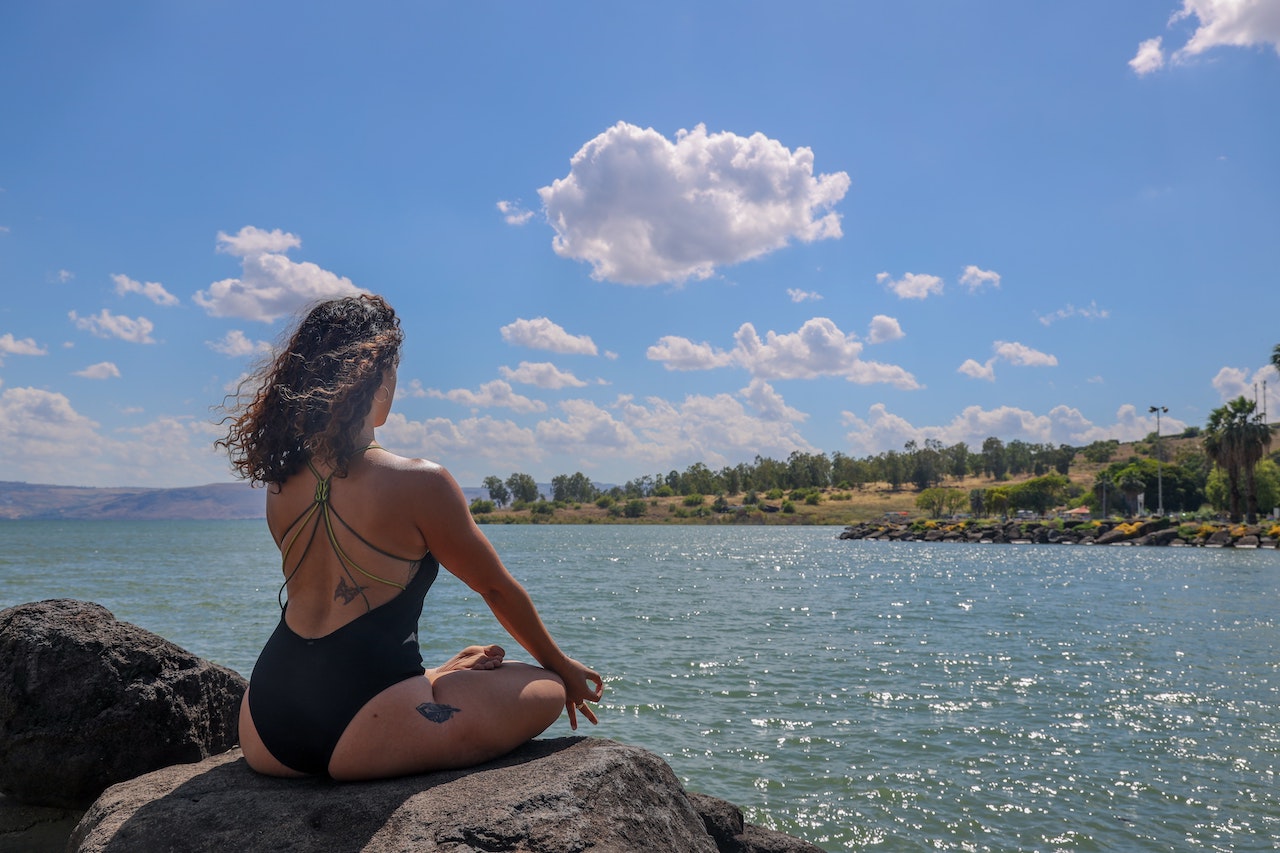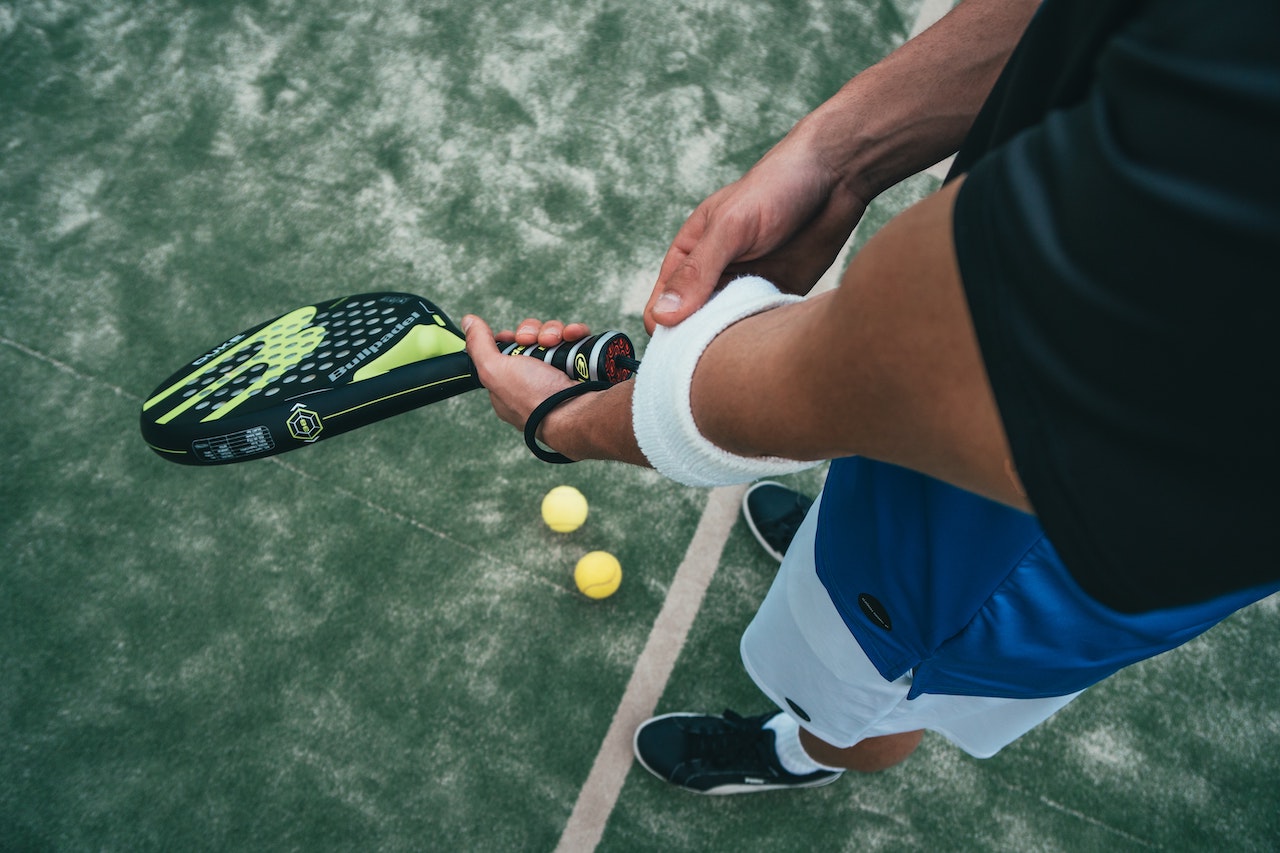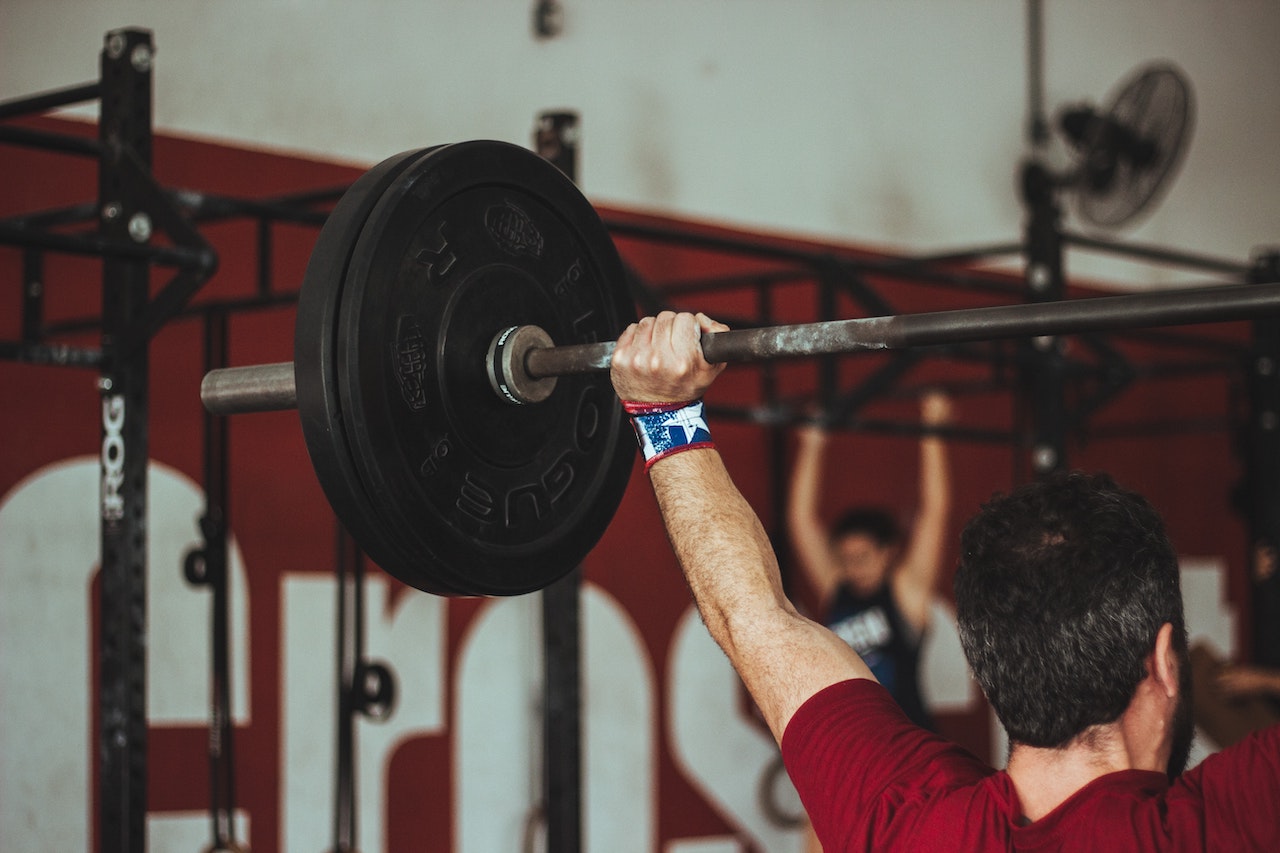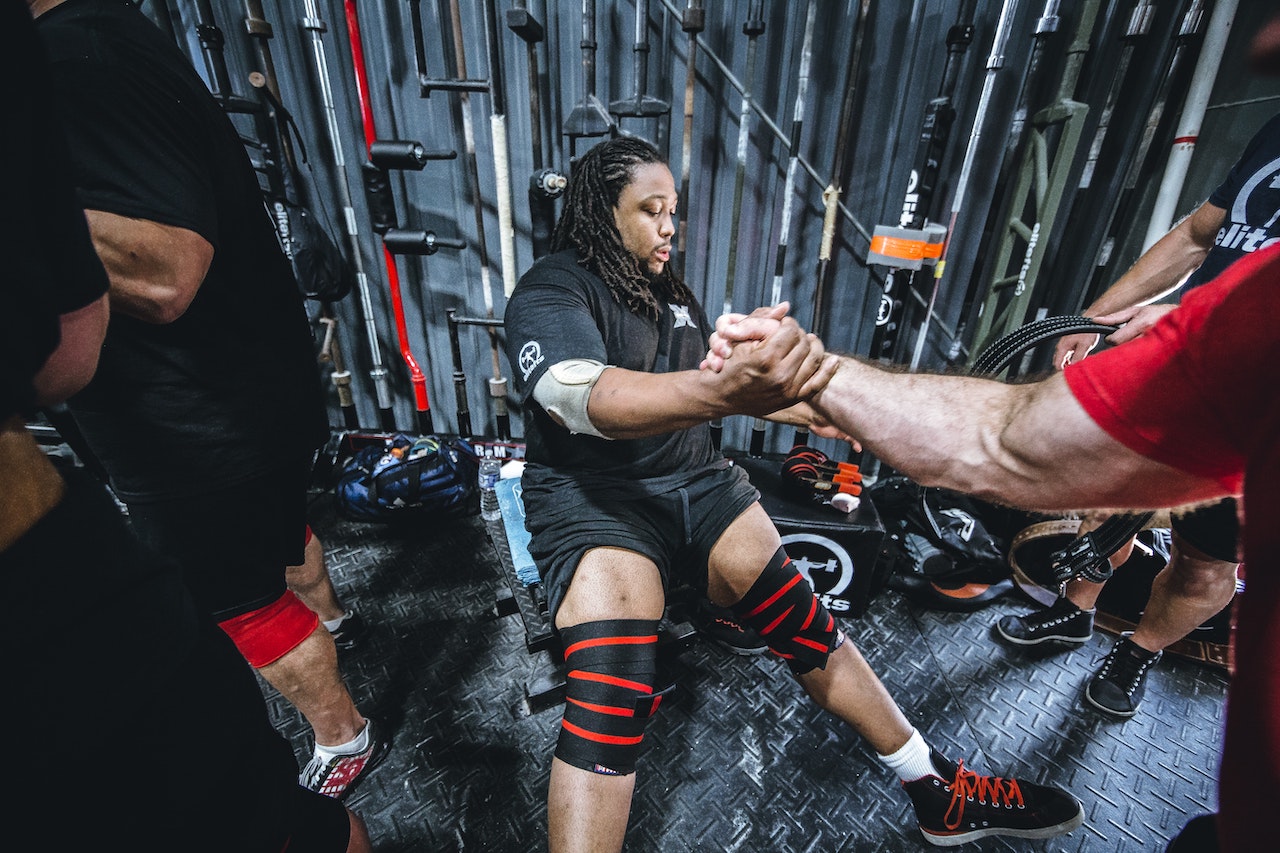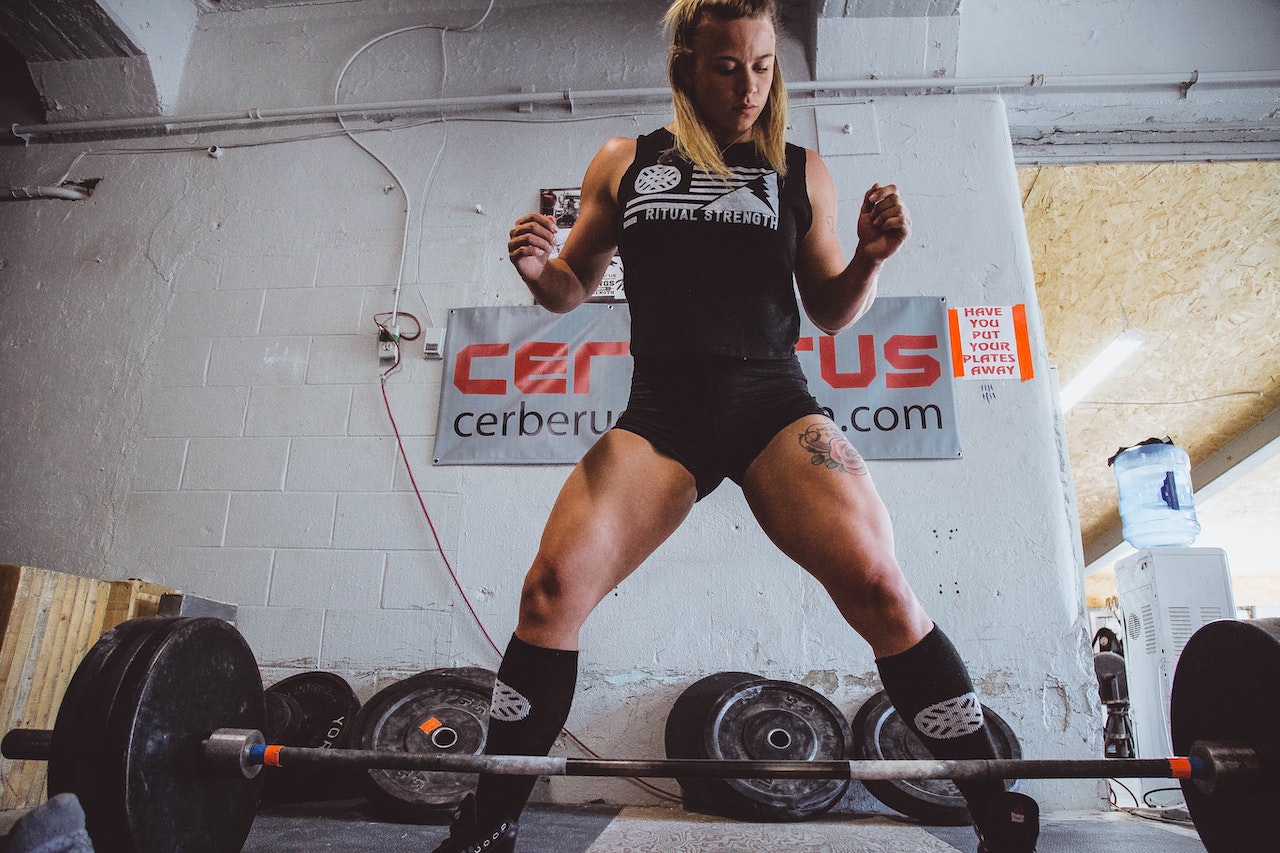whether it's a stormy day or working overtime, there are always little ones who will report to the gym. We can all understand this persistence, but it's persistence with a method that is most effective.
Sometimes we wonder why some parts of the body have never been able to be trained well, like the broad shoulders of the masters. So today we reveal the secret to shoulder training!

shoulder movements: Strength and muscle building
the shoulder movements presented here can be used to build strength and muscle in the shoulders, some of which are particularly important in powerlifting, bodybuilding competitions, crossfit and more formal sports (football, wrestling, boxing, etc.).

1. The standard overhead shoulder press
one of the most basic movements to build stronger, fuller shoulders, the standard overhead press can be done in a standing or seated position, using a barbell, dumbbells, kettlebells, or a smith machine, making sure to keep the core tight, tightening the shoulder blades, with the barbell, dumbbells placed above the collarbone, or if dumbbells are used they should be placed a little wider in front of the shoulders.
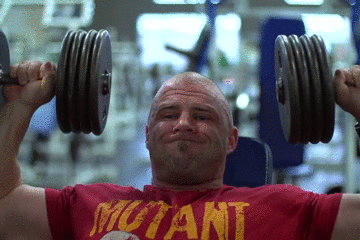
in the starting position, keep the elbows under the weight or slightly in front of the weight so that the forearms are perpendicular to the floor. Keep the body tight, keeping the thighs, gluteus maximus and core tense. Ensure the safety of the overhead press and the posture of the shoulder muscles.
2. Overhead press
the borrowed push is one of the most basic movements that can be used to build muscle strength and latitude, to strengthen the shoulders, triceps and chest for pushing, to allow you to push up more weight with the help of the lower body and hips and to break down more muscle fibres during the movement.
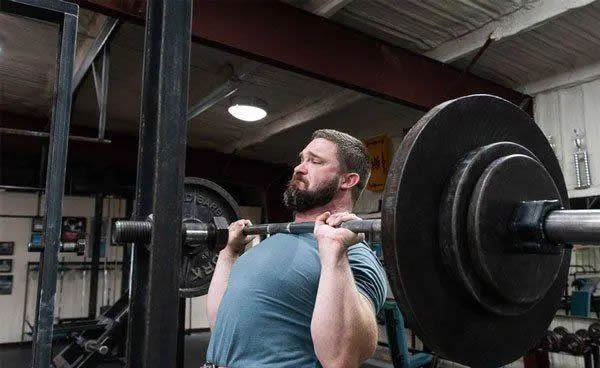
without the correct technique, this movement can limit overall athleticism and can lead to shoulder injuries. Doing borrowed push-ups at the start of a workout can improve overall strength and latitude before performing a more isolated movement.
Many guys training will go straight to isolation movements and often bottleneck because they are not mobilising more muscle mass. If this is the case for you, start with 2 sets of 5-10 reps of light weighted loaner push-ups and then do 4-6 sets of 8-12 reps of medium to heavy weighted loaner push-ups.
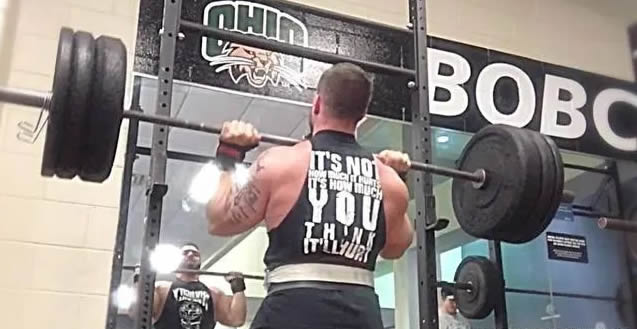
3. Dumbbell arnold push-up
the dumbbell arnold push press is named after arnold schwarzenegger. This movement is perfect for training almost every muscle bundle of the deltoids to build balanced, massive shoulders. The movement is usually performed at medium to light weights and the focus is on maintaining muscle tone rather than losing control of the target muscle, maximising shoulder fatigue and muscle growth.
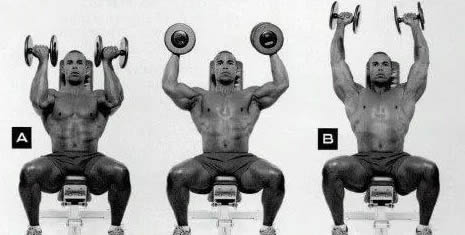
4. Upright rowing
the upright row trains the shoulders and obliques, which improves muscle latitude in the upper body. The aim of this movement should be to increase muscle mass and strengthen the size of the obliques (narrower grip) or to strengthen the middle and posterior fascicles (wider grip).
This movement is to be done unilaterally and a standard dumbbell upright row using a medium weight is also a good way to train the muscles.
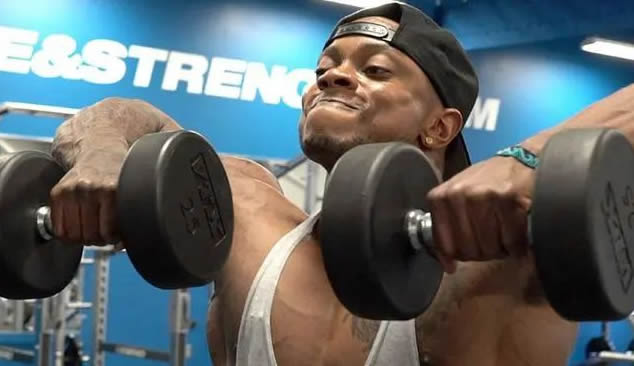
the key to this movement is to feel the muscles firing, not just moving the weight. Focus on strong, smooth contractions, minimise borrowing during the movement and feel the muscles engage. If you feel pain in your shoulder or the front of your neck, it is best to stop this movement and have it checked (it could be a sign of shoulder impingement, or the wrong movement).
5. Rope face pull
this movement can be done with a rope or elastic band to stimulate the posterior deltoid muscle bundle. This movement should be done under muscular control, focusing on using the smaller muscles at the back of the shoulder, rather than the upper back, biceps or obliques.
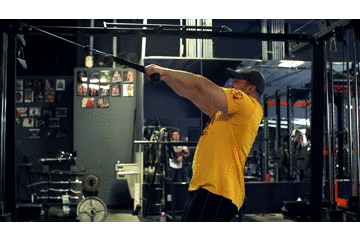
be sure to keep your elbows up and out, concentrate on pulling the load in front of you and stop to squeeze the muscles with each repetition. Try to complete 4-5 sets of 10-15 reps each at a medium weight; this range of reps will train the posterior deltoid and improve overall shoulder strength.
6. Dumbbell posterior deltoid flyes
as with the rope face pull, this movement targets the posterior deltoid bundle. The key here is to use the right weight and repeat the movement without borrowing or wobbling, while still being able to stay squeezed at the highest point of each movement to maximise stimulation of the posterior deltoid bundle.
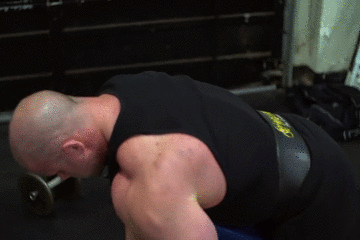
complete 4-5 sets of 10-15 reps each with a light to medium weight, say 5-15 lbs.
Shoulder exercises: Assistance and postural correction
these shoulder movements are best performed at the beginning or end of a workout, in preparation for larger weight movements, or to finish a shoulder workout. The movements require high reps to increase blood flow, muscle growth, joint function and flexibility.
1. Barbell sheet planks
this movement can be performed on both sides and in front of the body to stimulate the deltoids in a balanced manner. Do front planks if you want to increase latitude and muscle in the front shoulder fascia, or side planks if you want to increase latitude and shape in the deltoid and shoulder muscles overall.
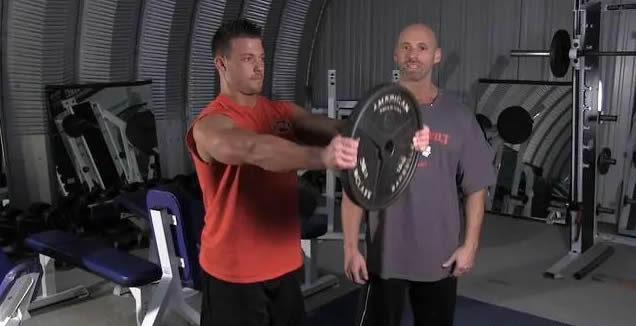
do this for a higher number of reps, usually between 12 and 15, and do 3 to 4 sets of a weight training exercise that stimulates the muscles to pump.
2. Cuban push-up
the cuban push up is an exercise that requires 3 movements to be completed in sequence: Upright row, external rotation and overhead press. At first, it may be a struggle to perform the exercise as it requires some shoulder functionality and scapular control. A very light bar or a very light barbell is recommended to complete this movement.
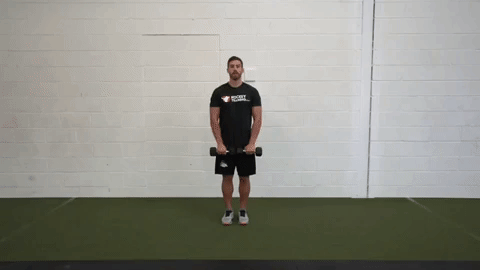
the key here is to control the movement and allow some slight borrowing when performing external rotation. When lowering the barbell ensure that you move smoothly and do not over resist the load during the lowering process. Complete 8-10 reps for a total of 3-4 controlled sets.
3. Elastic band backbone flyes
the elastic band back bound fly is a great movement to perform at the end of a workout or before a push-up workout. This exercise can be done for higher reps with an elastic band to train the rhomboids in the upper back and the smaller muscles in the shoulders.

if you feel the rhomboids and back muscles exerting themselves, then concentrate on keeping your body posture upright, tighten your scapulae and try to limit some of the borrowing movements until you can really feel the small muscles in the middle of the scapulae (rhomboids) and the posterior deltoid bundle being stretched by the elastic band.
Keeping the wrists tight and elbows locked, complete 3 sets of 12-15 reps with muscle control movements, making sure to resist the tension of the elastic band when returning to the starting position so that the mid-back and posterior fascia remain properly tensed.
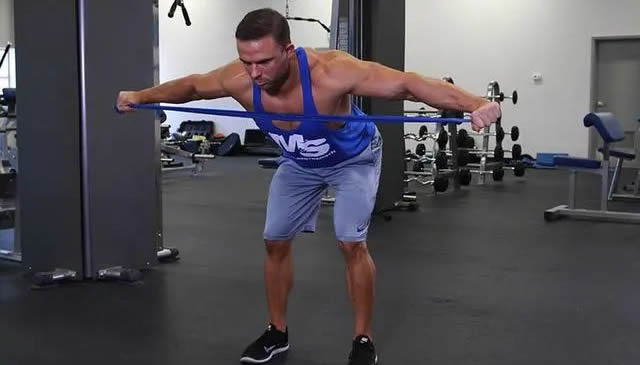
4. Y-shaped front planks
for the y front planks, raise your hands above your head, arms out to the sides and elbows bent at 90 degrees. Like the elastic band back bound flyes, the y front plank can be done with an elastic band, with small weights. Place in preparation for bench presses, push-ups, overhead presses and jerks.

this movement will help you to continue training while avoiding pain. The movements focus on correct joint mechanics and muscle contraction. If you feel the trapezius and back engaging then limit the movement slightly and concentrate on firing the scapulae, posterior fascia and rotator cuff muscle groups using smaller muscles. Complete 2-3 sets of 8-10 reps each, finishing the movement under muscle control.
5. Kettlebell bottom facing upward push-ups
this movement requires you to turn the kettlebell upside down so that you can lift the kettlebell to the top. Although this movement can be used to build muscle, medium weights are best done at a slower pace and the limiting factor of the movement is body posture and stability in the scapular region rather than strength throughout the shoulder.
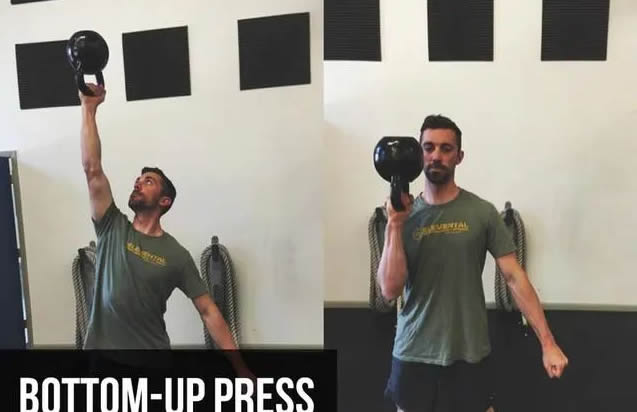
if you notice shoulder discomfort, weak wrists/grip or don't feel too good about shoulder thrusts, you need to start doing kettlebell bottom-up thrusts. 2-3 sets of 8-10 reps, completing the movement under muscle control.
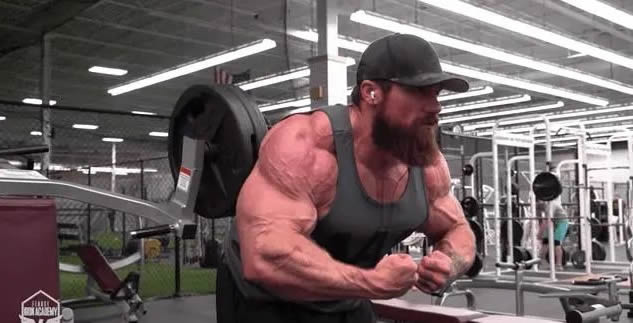
broad shoulders also need to be sculpted and require good technique, even if it's just the basics of the movement. Add these to the framework of the most basic movements to make yourself stronger and more powerful, and the next person to be envied will surely be you.

